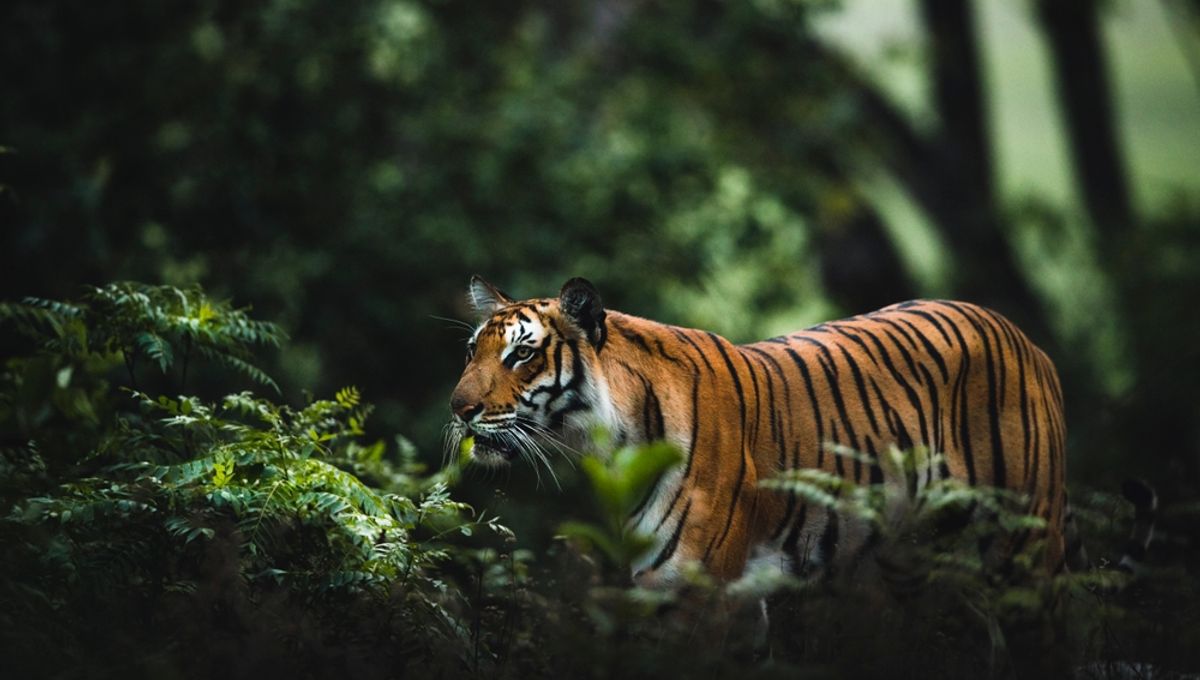
Were you to take a time machine to the Triassic Period (252-201 million years ago), not only would you meet ancient dinosaur species but some of the earliest known mammals to roam (or, should we say, scuttle) across the planet.
There are over 5,000 species of mammals alive today inhabiting all regions of the Earth–from pink river dolphins in the River Amazon to the arctic fox in the alpine tundra. While vastly different in appearance and behavior, mammals share a common set of characteristics that distinguishes them from other classes of animals, such as birds and reptiles. This includes being warm-blooded, producing milk, and, with some notable exceptions (think: the platypus and the echidna), giving birth to live young. The lineage of all these species can be traced back to early mammals that successfully coexisted with the likes of the Tyrannosaurus rex and Dilophosaurus.
In fact, the oldest known mammalian fossils date back an impressive 225 million years. This was a period of intense change, evolutionarily speaking, which followed the Permian-Triassic extinction event (otherwise known as the Great Dying), which decimated life on Earth and killed off as many as 90 percent of species living at the time. According to the fossil record, the mammals that existed back then tended to be small, nocturnal, and rodent-like in appearance.
Indeed, the earliest mammal we are currently aware of is the Brasilodon quadrangularis – a diminutive critter described as small and “shrew-like”. It is believed to have been just 20 centimeters (7.9 inches) long and is thought to have spent most of its life in underground burrows, much like the shrews alive today.
Prior to the discovery of the Brasilodon, the Morganucodon was the oldest known mammal and, like the Brasilodon, would have most closely resembled a modern-day shrew. Fossils of the Morganucodon date back some 205 million years ago and research suggests these creatures would have fed on crunchy insects such as beetles.
Both the Brasilodon and the Morganucodon – and indeed all mammals alive today – are thought to have evolved from a group of pre-mammalian vertebrates called cynodonts (meaning “dog teeth”), which arose during the Late Permian Period and survived the “Great Dying”.
Source Link: When Did Mammals First Appear On Earth?